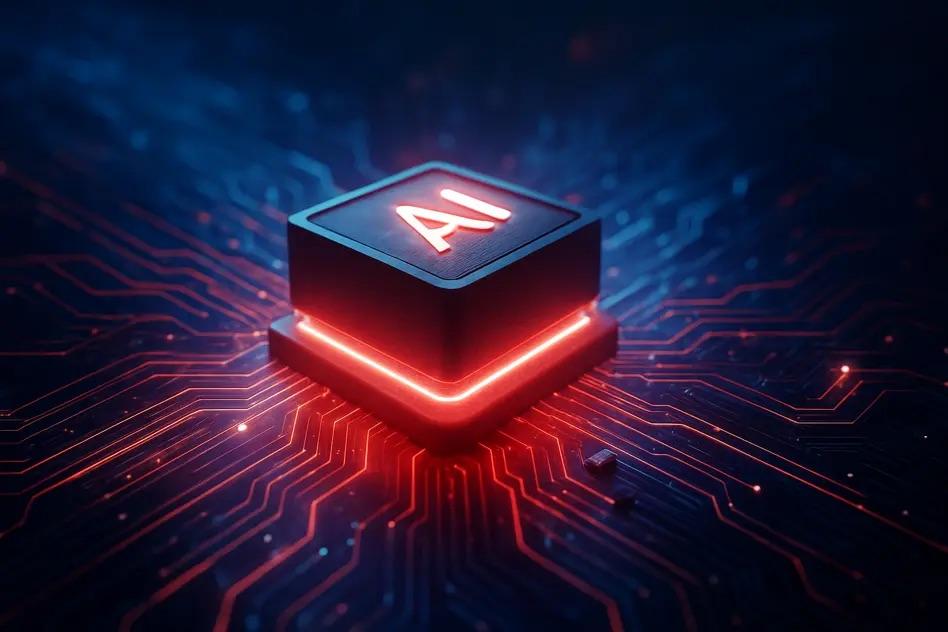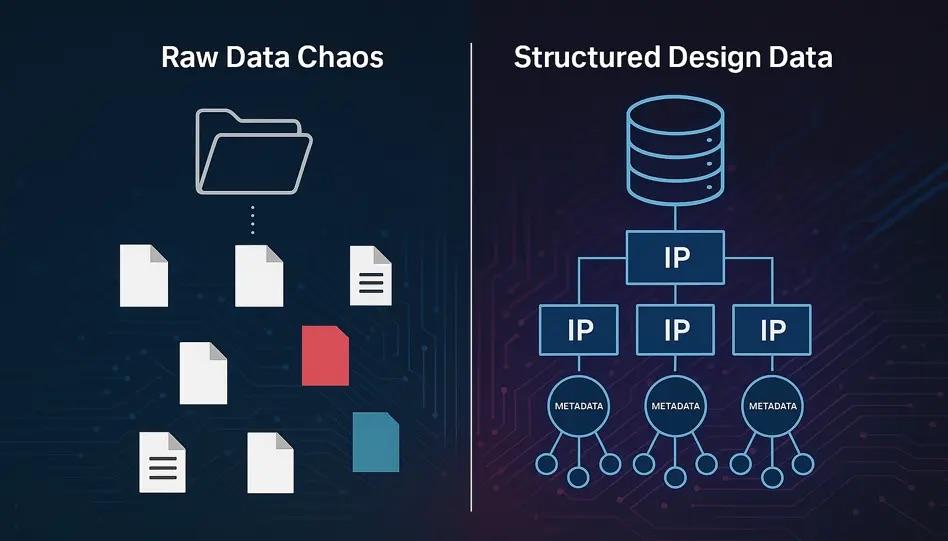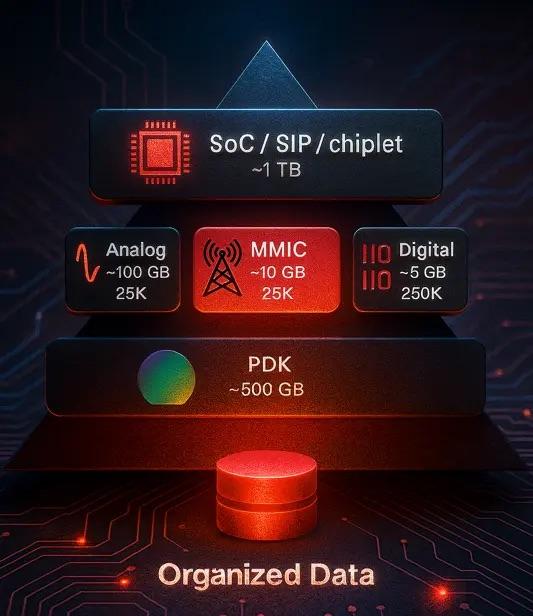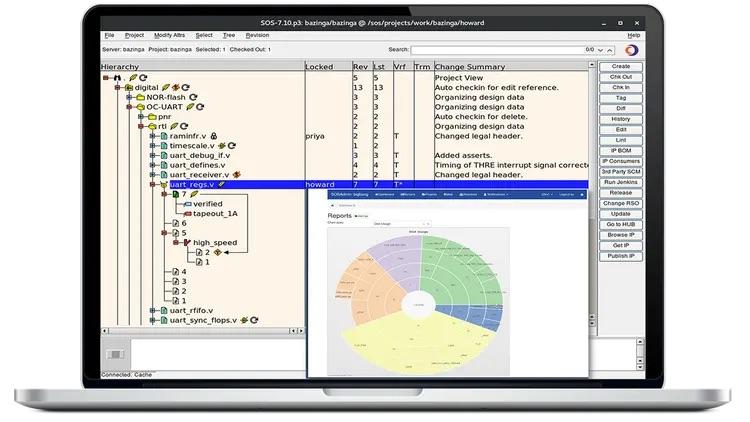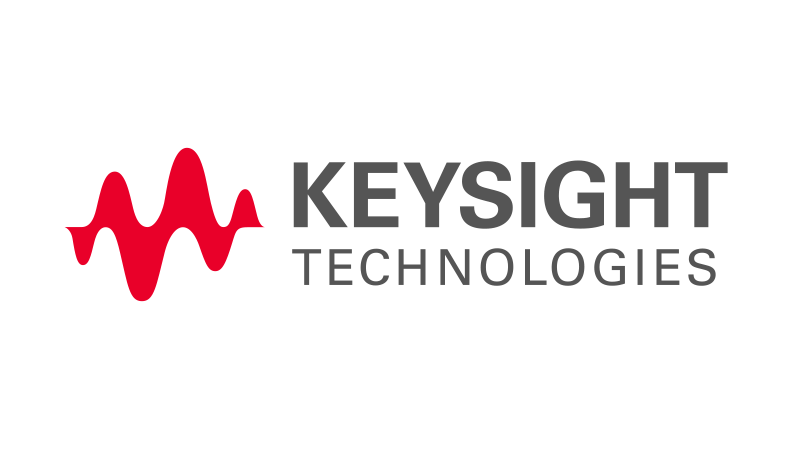AI-Enhanced EDA Workflows Start With Data, but Most Design Teams Aren’t Ready
by Roberto Piacentini Filho Director, Product Marketing – Design Engineering Software
The buzz around AI in Electronic Design Automation (EDA) is deafening. From generative design suggestions to intelligent layout optimization, AI promises to revolutionize the way we build semiconductors. But for all the excitement, one inconvenient truth remains: AI is only as good as the data you feed it.
In semiconductor design, data is vast, complex, hierarchical—and often messy. Applying AI to an unstructured sea of legacy files, undocumented IP cores, or inconsistent naming conventions doesn’t unlock innovation; it amplifies confusion.
Before your design teams can take advantage of AI-enhanced workflows, they need a foundation built for structure, traceability, and automation. That foundation is Keysight SOS.
Why AI Needs More Than Algorithms
Let’s get something straight: AI isn’t magic. Whether it’s machine learning, deep learning, or foundation models fine-tuned for engineering, the outputs are only as reliable as the inputs. And in electronic design, those inputs are more than numbers—they’re the entire corpus of your design files, version history, IP usage, verification metadata, tool-generated logs, and more.
In other words, AI-enhanced design workflows demand not just a lot of data—they demand the right kind of data:
- Contextualized: What tool generated the file? What process node is it associated with?
- Structured: What IP blocks does this design reuse? How are they linked?
- Verified: Is this version validated, or still in development?
- Accessible: Can the AI model—or your own team—even find and parse it?
If you don’t have a design data management platform enforcing this discipline, you don’t have AI-ready data. Full stop.
The Hidden Data Challenges in EDA
Many design teams still rely on general-purpose version control systems like Git or Subversion. While these tools work well for software development, they collapse under the weight of semiconductor workflows:
- Gigabyte-scale binary files: Git chokes on large GDSII, OASIS, or simulation result files.
- Lack of hierarchy awareness: Dependencies between IP blocks are invisible.
- Inconsistent metadata: File names don’t capture process nodes, PDKs, or usage history.
- Poor traceability: There’s no clear link between a schematic, its verification results, and its integration into a SoC.
Now imagine trying to train an AI model to recommend IP reuse, debug verification failures, or generate constraints from schematic intent. Without structured data, you’re asking the model to find insights in a haystack made of other haystacks.
AI in EDA: Use Cases That Depend on Data
The promise of AI in semiconductor design is real—and transformative. But nearly every promising use case breaks down without data management:
| AI Use Case | Why Structured Data Is Required |
|---|---|
| Intelligent IP reuse recommendations | AI needs searchable metadata, version history, usage context |
| Schematic-to-layout auto-suggestions | Needs a corpus of paired schematic-layout examples |
| Root cause analysis for verification failures | Requires links between test data, design versions, and change history |
| Generative constraints or floorplans | Dependent on clean, consistent design records |
| Design rule enforcement | Needs accurate, normalized representations of prior violations and fixes |
The Prerequisite: Organize Before You Optimize
So where does this leave most teams?
Caught between excitement for AI and the reality of design chaos.
You can’t skip ahead. You can’t buy your way out with a black-box ML plug-in. You have to do the unglamorous but mission-critical work of structuring your design data and IP libraries. That means:
- Centralizing design data in a platform purpose-built for IC development
- Enforcing version control that understands hierarchies and IP reuse
- Tracking dependencies automatically
- Standardizing metadata across projects and sites
- Securing sensitive IP with role-based access and compliance logging
- Managing large data files without duplication and smart caching for fast local access
That’s what Keysight SOS delivers—and why you need it now.
Introducing Keysight SOS: The AI-Ready Data Management Platform
Keysight SOS is not another Git wrapper. It’s a purpose-built platform designed from the ground up for the demands of chip design workflows, including:
Scalable Performance for Massive Data Sets
SOS handles gigabytes-to-terabytes of hierarchical design data efficiently, using symbolic links and optimized caching. It enables you to store once, reuse everywhere, and avoid redundant downloads across global teams.
Hierarchical Awareness and Dependency Tracking
Unlike flat version control systems, SOS understands how changes ripple through a design. A tweak to a PLL core? SOS tracks every project and IP that depends on it—and triggers the right alerts and workflows.
Real-Time Traceability
Every version, test result, and integration point is automatically tracked. You’ll know who changed what, why, when—and what else was affected.
Enterprise-Grade Security
Granular access control means only the right people can touch the right files. SOS supports encryption, compliance reporting, and full audit trails.
Native Integration with EDA Tools
SOS is natively integrated with major design and verification tools. This means changes made in your toolchain are automatically reflected in the SOS platform—with no extra overhead for your engineers.
Why SOS, Why Now?
Because the EDA industry is pivoting. AI-enhanced workflows will soon become the competitive baseline—not a bonus. And they’ll only be as good as your data infrastructure.
If your team is still managing design files with homegrown scripts or general-purpose tools, your AI potential is capped. You won’t be able to:
- Train models that deliver reliable, context-aware insights
- Leverage AI-based verification or floorplanning tools
- Deploy data-driven reuse strategies across global teams
In short: no structured data = no AI-enhanced design flow.
Keysight SOS: Complete Control of Your Design Intelligence
Keysight SOS gives you full visibility, structure, and control across your design environment—from IP reuse and metadata indexing to dependency tracking, verification alignment, and enterprise-wide collaboration. It delivers:
- A unified, searchable IP catalog
- Smart dependency tracking across projects
- Collaboration tools for design review, verification, and change approval
- Graphical tools for visual diff and change propagation
- AI-ready, enterprise-wide design observability
This is the infrastructure you need—not only to organize your design environment today, but to enable intelligent, AI-assisted workflows tomorrow.
From Legacy Chaos to AI Readiness: A Transition Plan
Getting AI-ready doesn’t happen overnight. But the transition becomes practical with the right roadmap:
| Stage | Action | Tools |
|---|---|---|
| Baseline | Centralize design files and IP in Keysight SOS | SOS |
| Normalize | Enforce naming conventions, metadata standards, and access controls | SOS |
| Automate | Link design stages to verification, validation, and release workflows | SOS |
| Analyze | Enable search, query, and insights on usage, reuse, and regressions | SOS |
| Learn | Feed clean data into AI models or EDA plug-ins | SOS + 3rd-party tools |
| Optimize | Apply AI-enhanced workflows across schematic, layout, and validation | Integrated stack |
The first step—centralization and normalization—is what unlocks the rest.
Real-World Proof: 50% Design Time Reduction at Allegro
Take Allegro MicroSystems as an example. By adopting Keysight SOS across business units, they transformed siloed design practices into a centralized, traceable environment.
The result?
- 55% of all IP is now reused from known-good templates
- Design cycles reduced by up to 50%
- Over 200 IPs and 150 projects managed with enterprise-wide consistency
This is not theory. It’s operational excellence, in action.
Final Word: The AI Revolution Will Favor the Prepared
AI in EDA is coming fast. But it will favor the prepared—not the most hyped.
If your data is siloed, undocumented, and disorganized, AI tools will deliver underwhelming, unreliable results—or fail entirely. But if you build the foundation now, with structured, contextualized, secure design data, you’ll be first in line to reap the benefits of true AI-enhanced workflows.
The time to organize is now. The time to implement Keysight SOS is now.
Because without structured data, there is no intelligent design flow.

